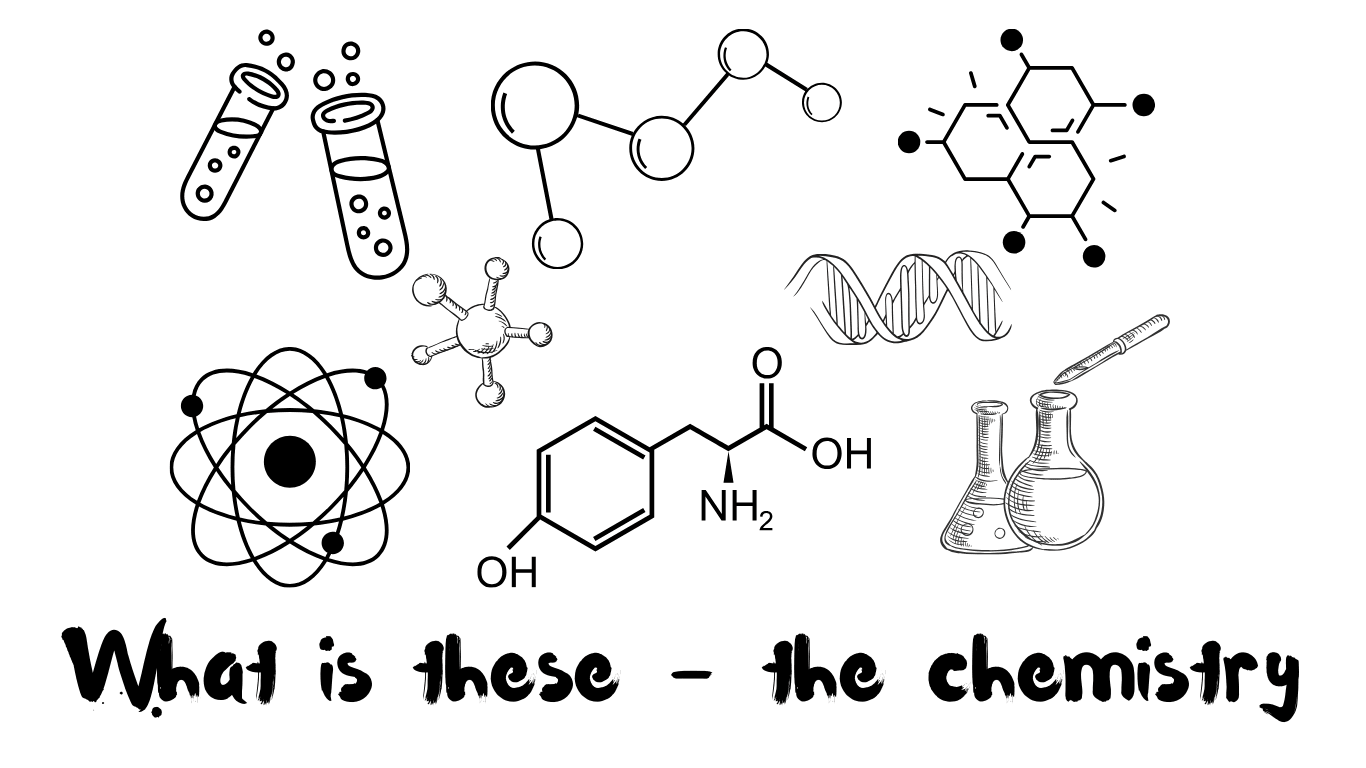Introduction
The atom, once thought to be the smallest indivisible unit of matter, is now known to be a complex structure composed of even smaller particles—protons, neutrons, and electrons. Among these, electrons occupy a particularly fascinating space, moving in regions called atomic orbitals. These orbitals are not simple, planet-like orbits but rather probability clouds where electrons are most likely to be found. Understanding atomic orbitals is crucial for grasping chemical bonding, molecular shapes, and even the behavior of materials.
In this article, we will explore:
- The historical development of atomic orbital theory
- The different types of orbitals (s, p, d, f) and their shapes
- How electrons fill these orbitals following quantum rules
- The significance of orbitals in chemistry and physics
The Evolution of Atomic Orbital Theory
Early Atomic Models
Before the concept of orbitals, scientists imagined electrons orbiting the nucleus in fixed paths, much like planets around the sun. This Bohr model, proposed by Niels Bohr in 1913, explained some atomic behaviors but failed to account for more complex elements.
The Quantum Leap
The breakthrough came with quantum mechanics in the 1920s. Scientists like Schrödinger and Heisenberg introduced the idea that electrons don’t follow precise paths but exist in wavefunctions, mathematical descriptions of their probable locations. These wavefunctions define atomic orbitals—regions where electrons are most likely found.
Types of Atomic Orbitals
Atomic orbitals come in different shapes and energy levels, classified into four main types:
1. s-Orbitals (Sharp)
- Shape: Spherical
- Nodes: 0 (no regions of zero probability)
- Energy Levels: Found in all principal quantum levels (1s, 2s, 3s, etc.)
- Example: The 1s orbital in hydrogen
2. p-Orbitals (Principal)
- Shape: Dumbbell-shaped, with three orientations (px, py, pz)
- Nodes: 1 (a plane where electron probability is zero)
- Energy Levels: Appear from the second shell onward (2p, 3p, etc.)
- Example: The three 2p orbitals in carbon
3. d-Orbitals (Diffuse)
- Shape: More complex, with four having cloverleaf shapes and one a unique dumbbell with a ring
- Nodes: 2
- Energy Levels: Start from the third shell (3d, 4d, etc.)
- Example: Transition metals like iron utilize d-orbitals
4. f-Orbitals (Fundamental)
- Shape: Highly intricate, with multiple lobes
- Nodes: 3
- Energy Levels: Begin from the fourth shell (4f, 5f, etc.)
- Example: Lanthanides and actinides use f-orbitals
Electron Configuration and Orbital Filling
Electrons fill orbitals following three key principles:
1. Aufbau Principle
Electrons occupy the lowest energy orbitals first before moving to higher ones.
2. Pauli Exclusion Principle
No two electrons in an atom can have the same set of quantum numbers—meaning each orbital holds a maximum of two electrons with opposite spins.
3. Hund’s Rule
When filling degenerate orbitals (like the three p-orbitals), electrons occupy them singly before pairing up.
Example: Oxygen (8 electrons) has the configuration:
1s² 2s² 2p⁴
The Role of Orbitals in Chemistry
Chemical Bonding
- Covalent Bonds: Form when orbitals overlap (e.g., H₂ where 1s orbitals merge).
- Hybridization: Orbitals mix (like sp³ in methane) to form new bonding geometries.
Spectroscopy
Electron transitions between orbitals absorb or emit light, allowing scientists to study atomic structure.
Magnetic Properties
Unpaired electrons in certain orbitals (like in iron) contribute to magnetism.
Conclusion
Atomic orbitals are the foundation of modern chemistry and physics, explaining everything from the periodic table to molecular interactions. Far from being simple paths, they are probability clouds governed by quantum mechanics. As research advances, our understanding of these mysterious regions continues to evolve, unlocking new possibilities in nanotechnology, materials science, and quantum computing.
Would you like a deeper exploration of any specific aspect, such as hybridization or orbital symmetry?

